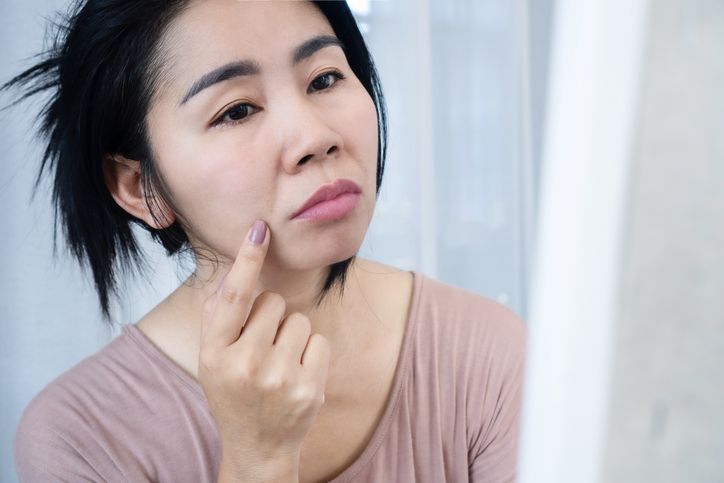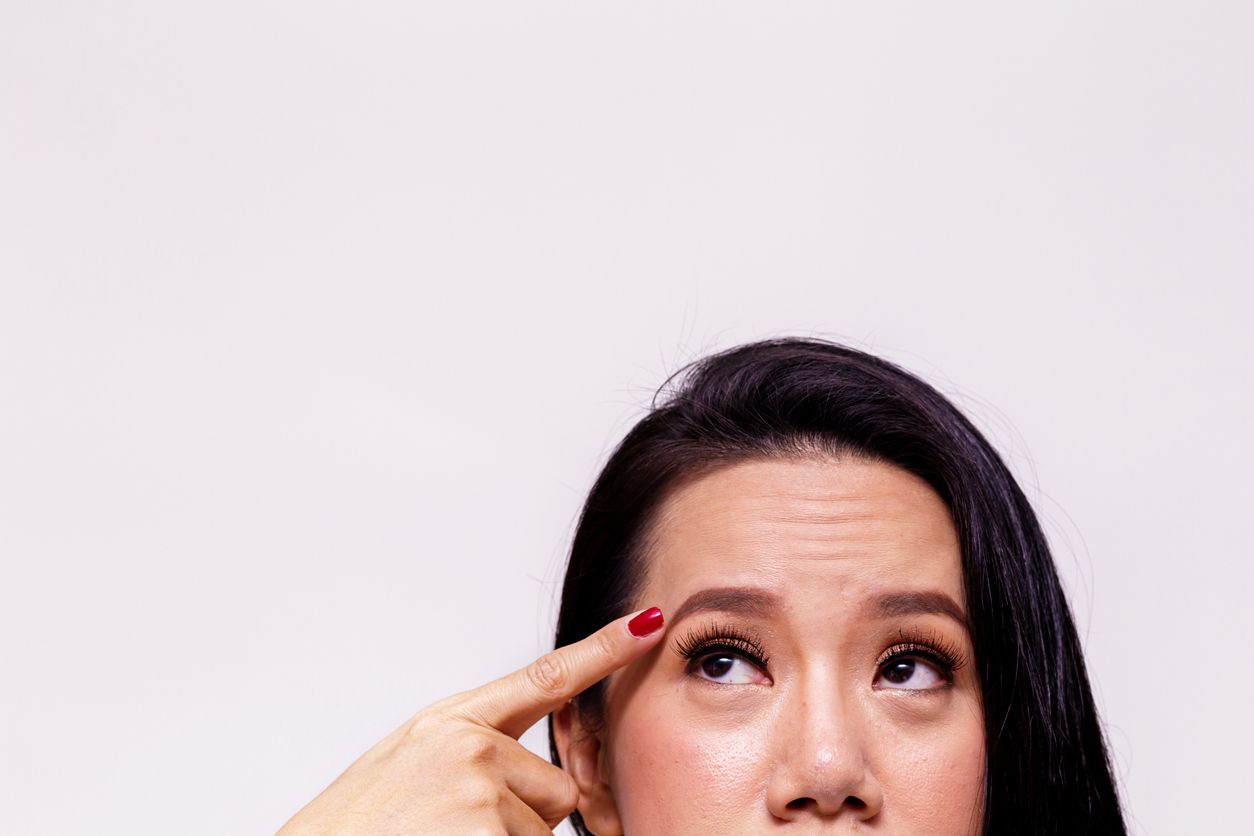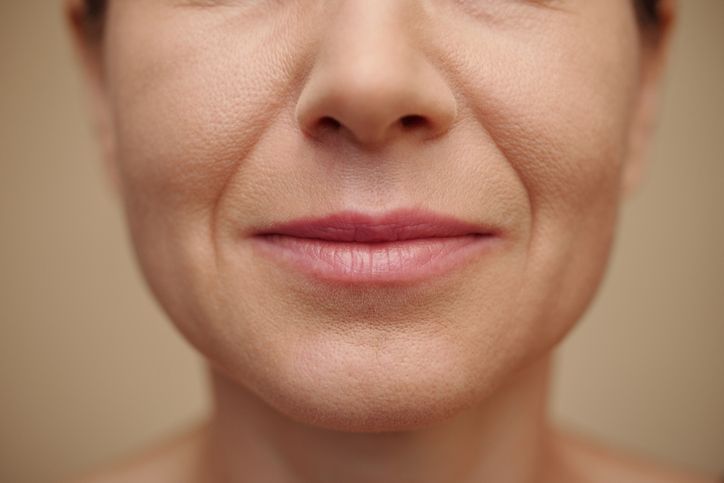
- Home
- Trend
- Weight Loss Strategies
- Acne Tips
- Hair Health Information
- Blemish Removal Tips
- Acne Scar Removal Tips
- Muscle Building Techniques
- Intimate Care Tips
- Postpartum Intimate Care
- Eye Bags Wiki
- Tips for Face Slimming
- Secret of Permanent Hair Removal
- Breast Enlargement Tips
- Cure to Snoring
- Marionette Lines
- Skin-Tightening Secrets

免費體驗
Acne Treatment
1 Minute Self-Registration
Date should not be before minimal date
Blind pimples, a perplexing and often painful type of acne, can be a source of discomfort and frustration. Unlike typical pimples that rise above the skin's surface, a blind pimple develops under the skin, creating a painful lump without a visible whitehead. How does this condition related to cystic acne? Let’s find out today.
1
The Nature of Blind Pimples Explained
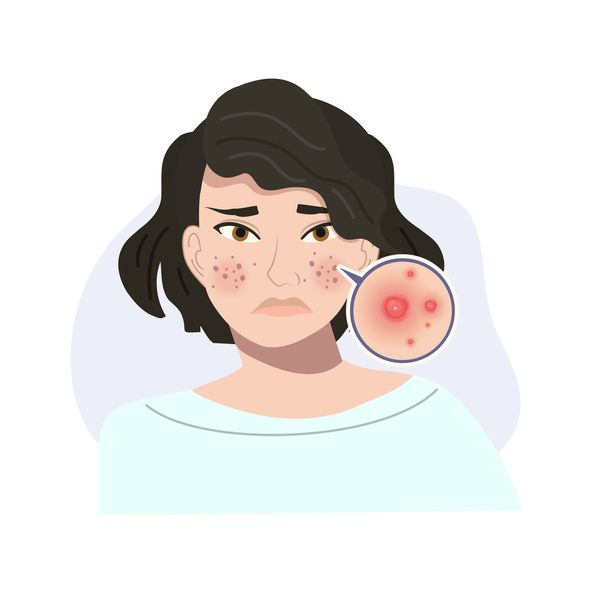
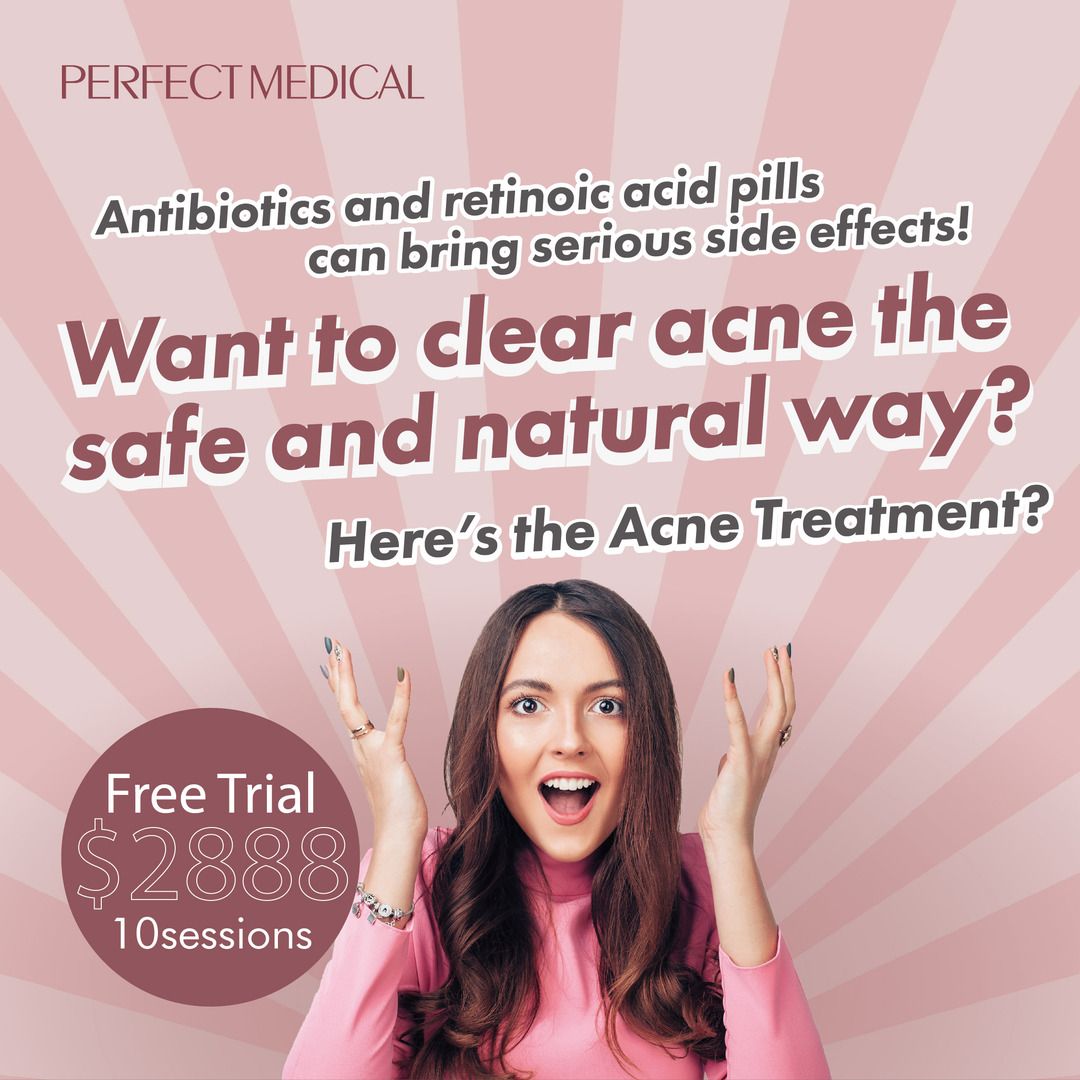
2
How Do I Tell If I Have Blind Pimples?
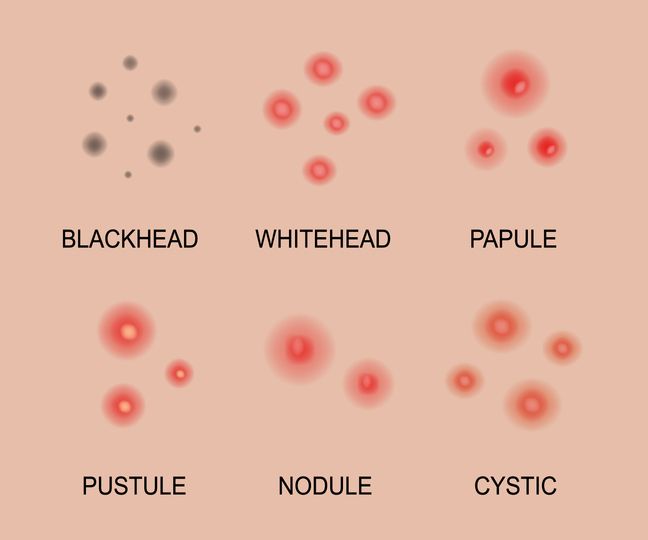
3
Emergency Method: 7 Tools to Conceal Blind Acne Breakouts
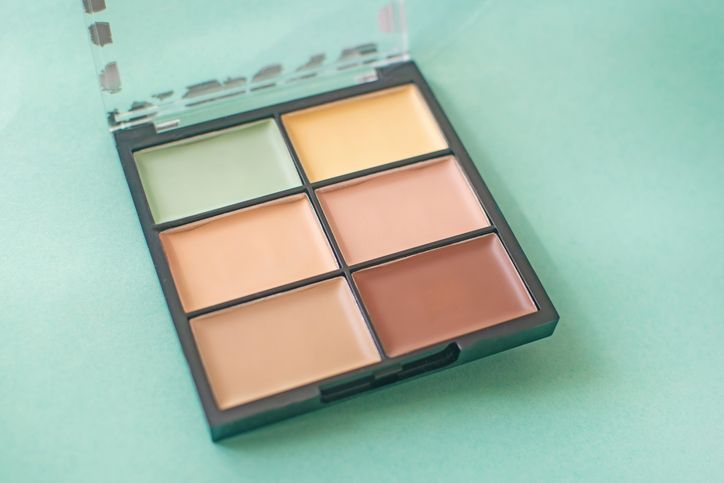
1. Green Color Corrector
2. Concealer
3. Precision Concealer Brush
4. Beauty Blender or Sponge
5. Setting Powder
6. Light-Reflective Highlighter
7. Matte Finish Products

4
3 Ways to Treat and Prevent Blind Pimples Naturally
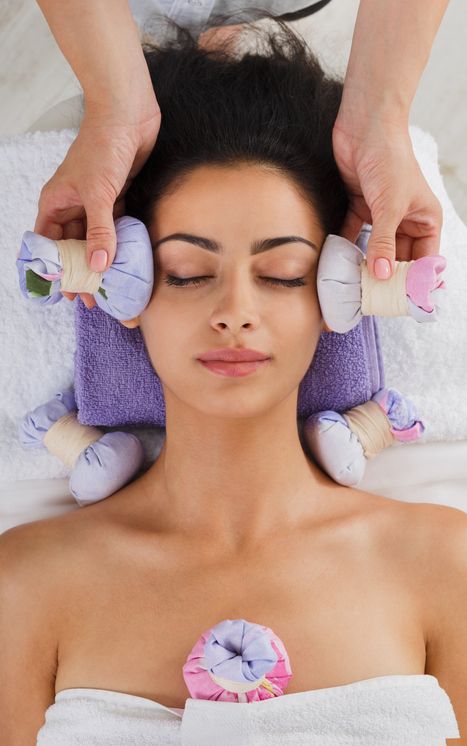
Warm Compresses
Tea Tree Oil
Aloe Vera
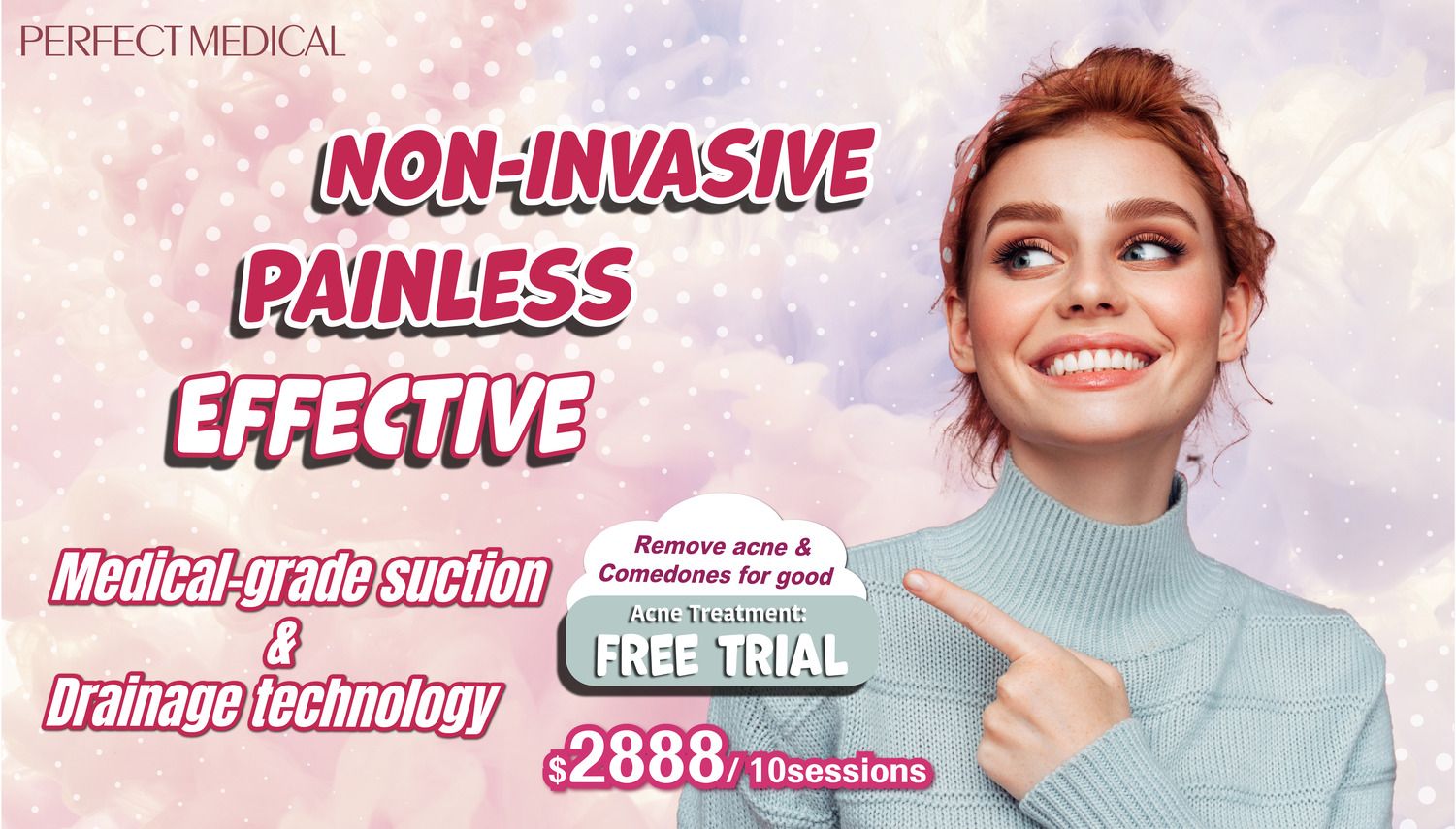
免費體驗
Acne Treatment
1 Minute Self-Registration
Date should not be before minimal date
5
Get Rid of A Blind Pimple-Calypse: Topical Treatments & Acne Treatment
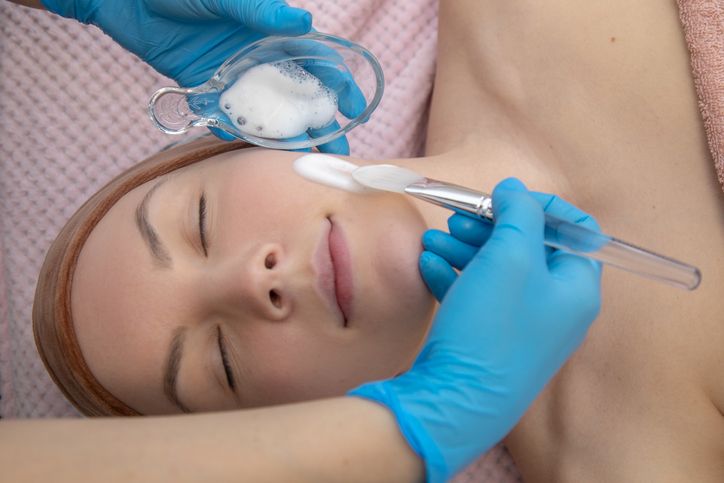
Benzoyl Peroxide and Salicylic Acid
Professional Treatment: The Acne Treatment

6
Closing Thoughts
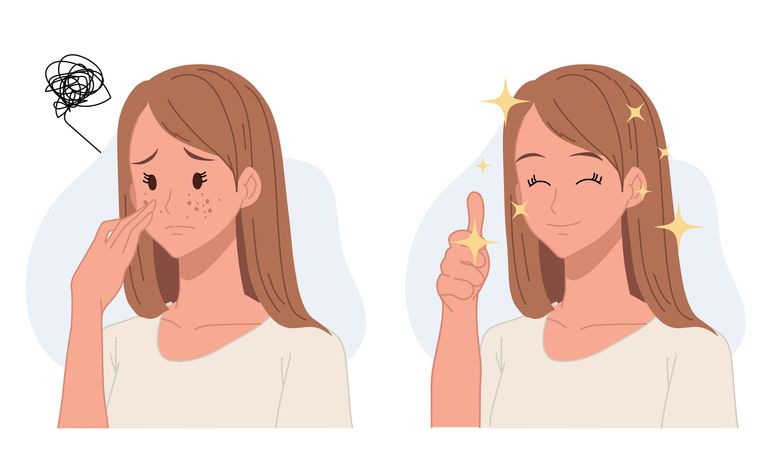
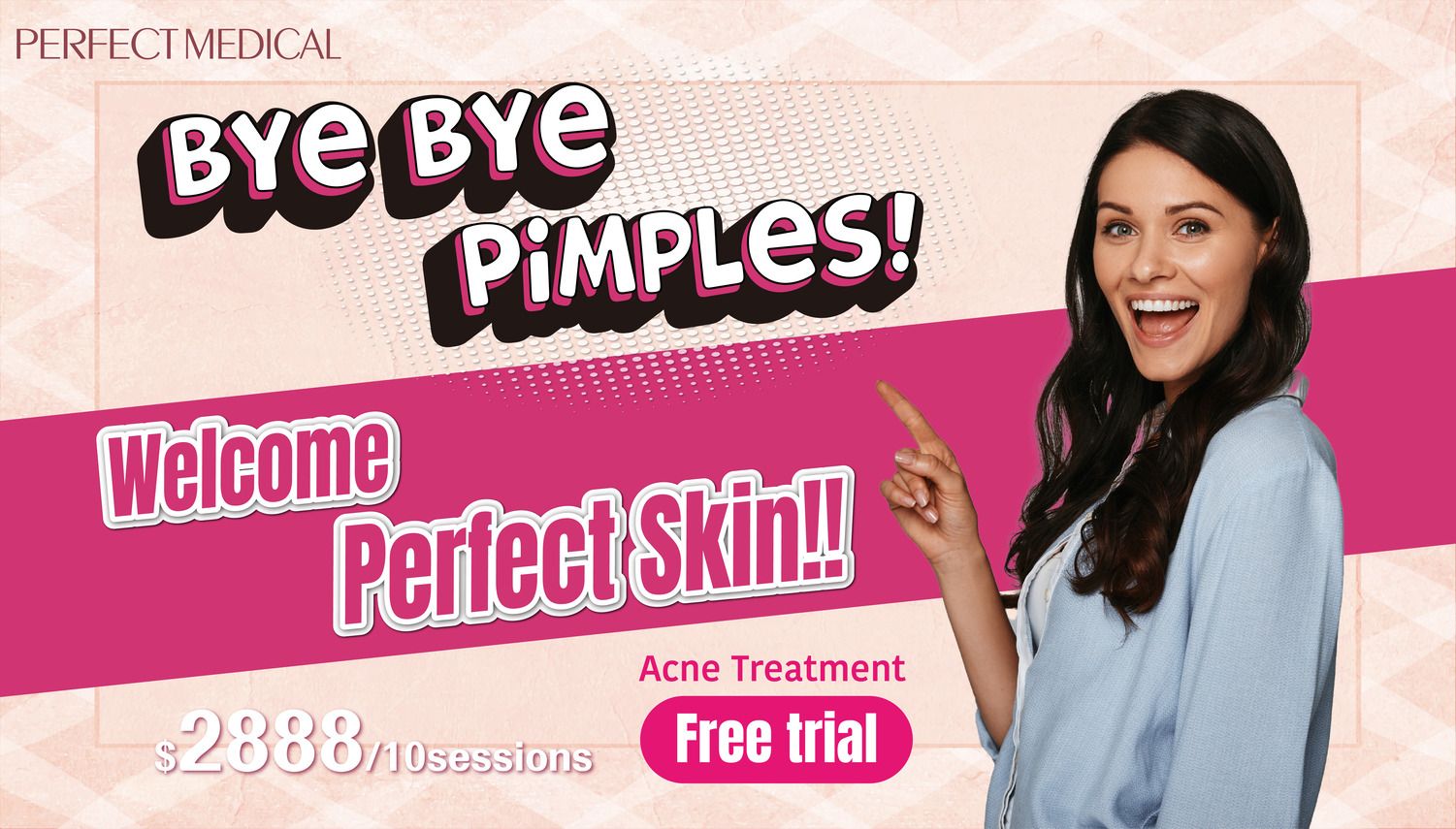
免費體驗
Acne Treatment
1 Minute Self-Registration
Date should not be before minimal date
FAQ

1. How do acne patches assist in the healing process of moderate acne and blind pimples?
Acne patches are designed to protect the affected area from external irritants and bacteria, while creating a moist environment that can speed up the healing process. They often contain active ingredients, like salicylic acid, that help reduce inflammation and absorb excess oil. This makes them particularly effective for treating moderate acne and blind pimples, as they isolate the pimple and promote faster recovery.
2. Can topical antibiotics be used to treat many blind pimples and underground pimples?
Yes, topical antibiotics are a common treatment for numerous blind and underground pimples, especially in cases of moderate acne. These antibiotics work by reducing the bacteria that contribute to acne formation and by decreasing inflammation. They are often prescribed alongside other treatments, such as benzoyl peroxide, to enhance their effectiveness and prevent antibiotic resistance.
3. Why do some pimples become deeper and turn into blind pimples?
Pimples become deeper and develop into blind pimples when the blockage of the sebaceous gland occurs at a deeper level within the skin. This can be due to the accumulation of excess sebum, dead skin cells, and bacteria, leading to inflammation that doesn't reach the skin's surface. As a result, these pimples form as painful lumps under the skin without a visible head.
4. Are over-the-counter remedies effective in relieving pain and reducing inflammation caused by blind pimples?
Over-the-counter remedies can be effective in managing the symptoms of blind pimples. Products containing ingredients like salicylic acid, benzoyl peroxide, and hydrocortisone can help reduce inflammation and relieve pain. However, their effectiveness may vary based on the severity of the acne and individual skin types.
5. How does a dysfunctional sebaceous gland contribute to the formation of blind pimples?
A dysfunctional sebaceous gland can contribute to the formation of blind pimples by producing too much sebum, which, when combined with dead skin cells, can clog pores. This blockage can occur deep within the skin, leading to the formation of blind pimples, which are characterised by inflammation without a visible head on the skin's surface.





